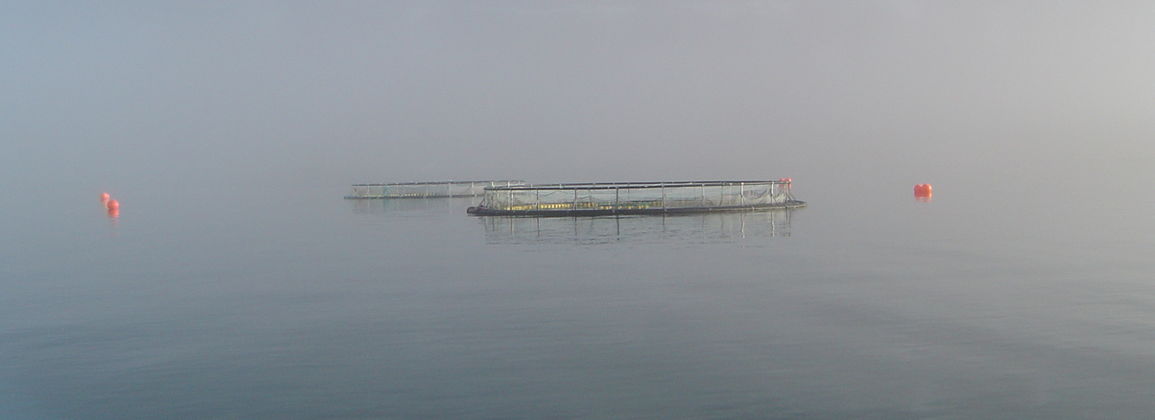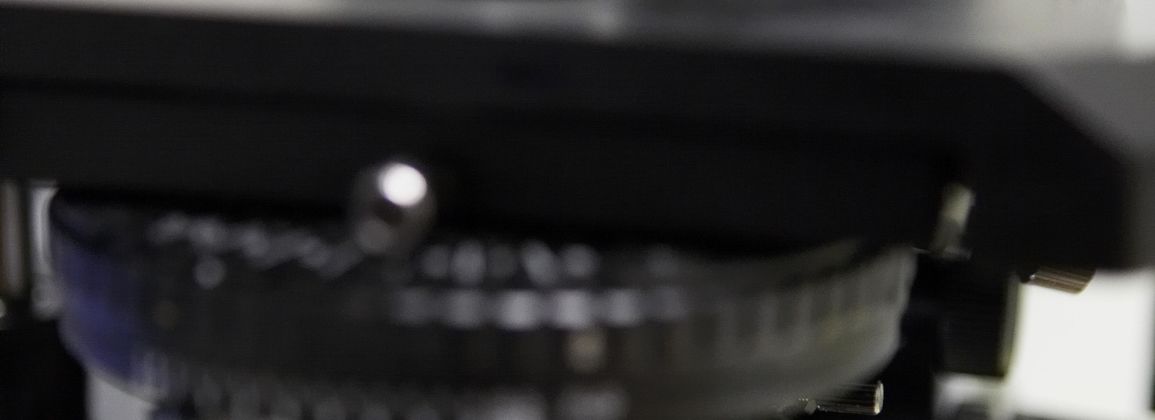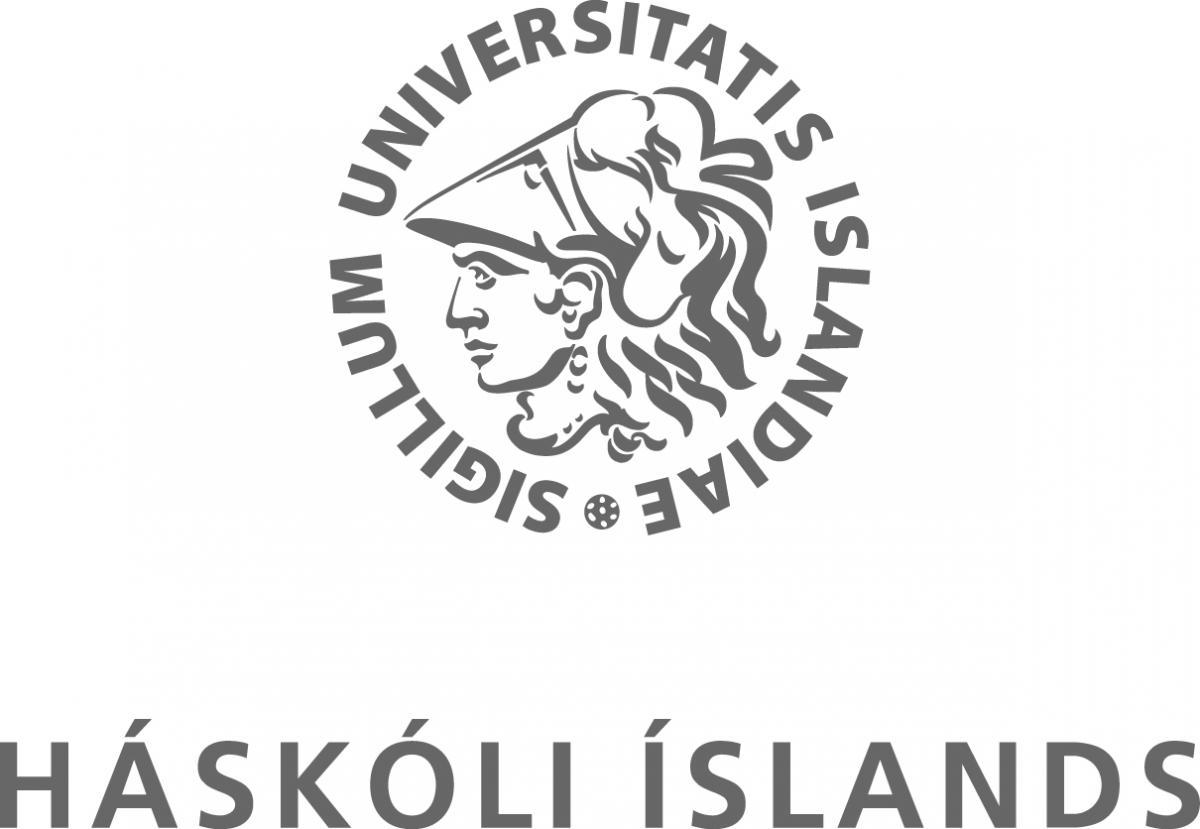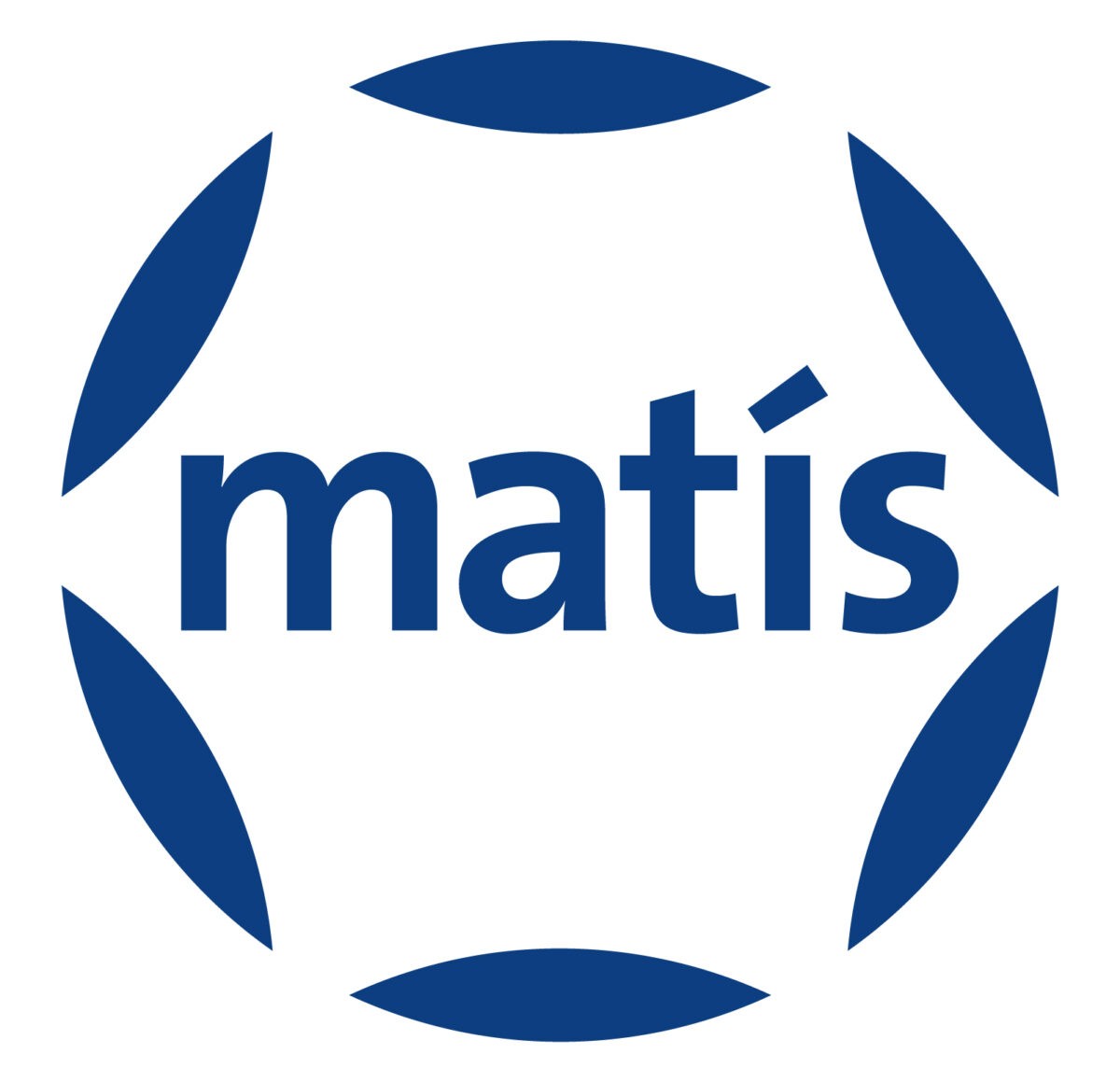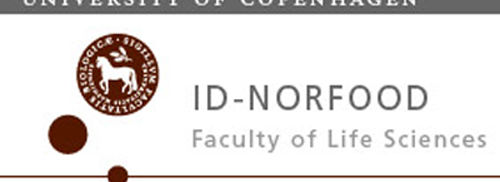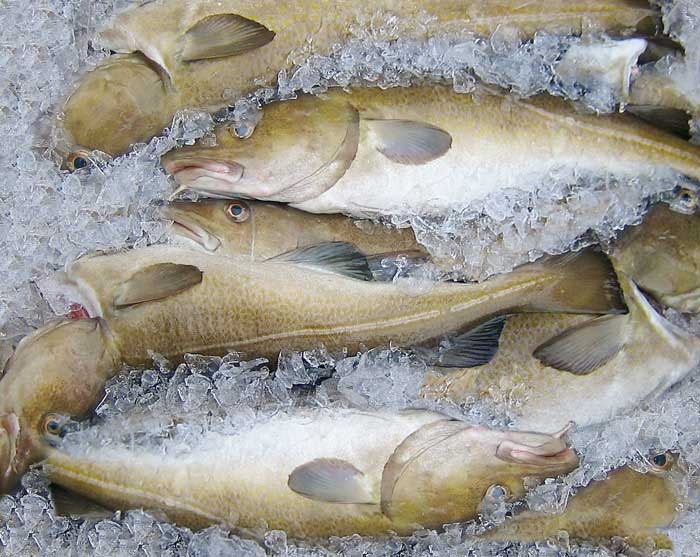HG has in collaboration with Matís ohf. worked on the development of processing processes for farmed cod. Products are considered to be fully comparable to wild cod products.
The main difference in the production of these products lies in the fact that the farmed cod must be processed before death. Otherwise, the release will be so great that the products will fall into the lowest price category (block). Conventional salting processes cannot be used in the processing of farmed cod as the death stiffness counteracts the uptake of brine. The project worked on the development of new salting processes that took into account the different characteristics of farmed cod compared to wild cod.
The project "Processing and quality control of farmed cod" (AVS R26-06) which was carried out in collaboration between HG and Matís has been completed. The main results of the project have been summarized in the Matís report and its summary is as follows:
Ways were sought to develop and adapt traditional methods for the production of fresh, frozen and lightly salted products so that they were used in the processing of farmed fish. The aim of the project was for products from farmed cod to provide valuable and varied products that met the quality requirements of the market for cod products. One of the main conclusions of the project was that the processing of farmed cod must take place before the death solidification begins. Otherwise, there is a risk that release will take place and products made from farmed cod will fall in price, and even if they are released so much that products end up in the lowest price category. It has been possible to produce chilled and loose-frozen products from farmed cod that are of a comparable quality to products made from wild cod. Properties are not the same, however, it is reflected in the taste and texture properties. Wild cod is coarser and often juicier, but farmed cod has a more meaty and stuttering texture and is sweeter in taste. The main reason for this difference is the dry matter content of farmed cod, which is 2-4% percentage points higher than in wild cod, and its water resistance is poorer.
Processing for death solidification means that traditional salting processes for farmed fish cannot be used. In light salting, methods such as spraying and prolonging the pickling time can be used to reduce the negative effects of lethal stiffness on salt uptake in conventional procedures. Salting and temperature conditions need to be very well controlled to minimize the risk of microbial growth as very low salt concentrations are used in the production of lightly salted (2% salt content) products.

